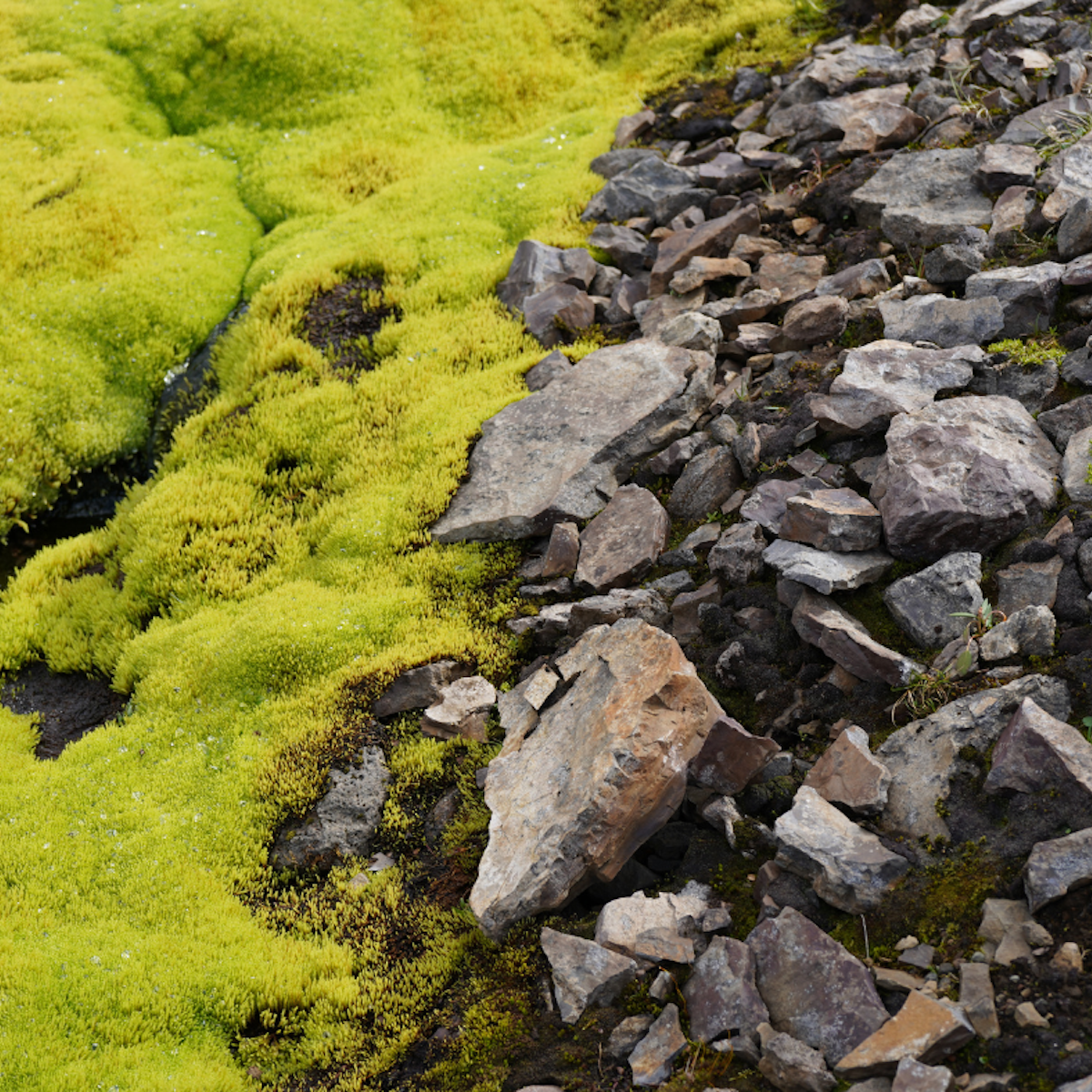Ramsar Sites
In 2013 the Snæfell and Eyjabakki area was approved as an internationally significant wetland area, or a so-called Ramsar site.
The Ramsar Convention is an agreement concerning the conservation of wetlands with particular emphasis on waders and waterfowl. The convention was adopted in 1971, in the Iranian city of Ramsar, and entered into effect in Iceland in 1977. The purpose of the convention was to address the massive decrease in wader populations and the extensive encroachment into their habitat.

The areas that nations want to include on the list of internationally significant wetlands vary greatly and can be marshes, flood plains, estuaries, coastal areas, coral reefs, man-made fish ponds etc. A requirement is that they are important for the ecosystems in the relevant area and the planet as a whole. The objective of the list is to create a system of wetland areas on a global scale with an emphasis on the conservation and maintenance of the areas. This is done to protect biological diversity in the world and to promote a more viable future for humans on Earth by protecting ecosystems and their habitats. For many years this was the principal objective with the Convention, but in recent years there have also been ideas about the importance of wetland areas for other reasons, such as outdoor activities and the maintenance of the hydrological balance of areas.
Wetland areas in Iceland have been subjected to much disruption in the last decades, mainly due to drainage. The encroachment into wetlands in lowland areas was so severe that only a small part of them remains undisturbed. Therefore Iceland had much need to be a party to the Convention and to increase awareness among the locals about the advantages of wetlands. Iceland currently has six wetland areas on the list. These are Grunnafjörður (1996), Andakíll (2013), Þjórsárver (1990), Guðlaugstungur (2013), Snæfell and Eyjabakkar (2013) and later Mývatn and Laxá (1977).